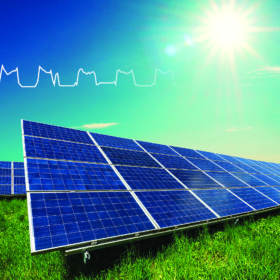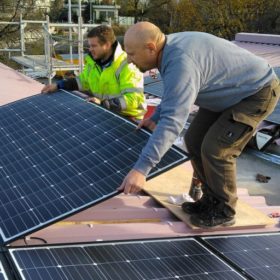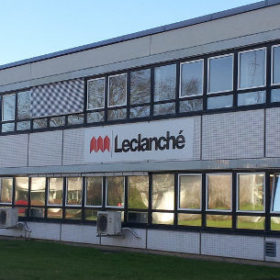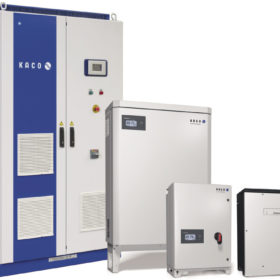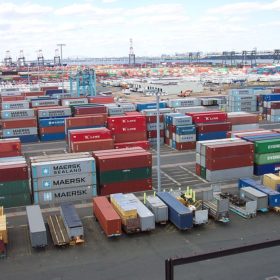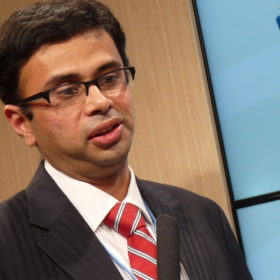Proposals invited for joint Indo-Swedish R&D on renewables, energy storage
The Department of Science & Technology (DST), Government of India, and Swedish Governmental Agency for Innovation Systems (Vinnova) have created funding mechanisms through which companies may seek support for joint R&D projects. The projects should aim to develop renewable, energy storage and waste management technologies that can be commercialized over two years through joint cooperation between India and Sweden.
EFL raises $10 million to expand green lending portfolio
Pune-based Electronica Finance Limited (EFL) has raised $10 million from a climate fund managed by Swiss impact investor responsAbility to diversify its SME lending offering and to expand into financing solar PV for the commercial and industrial markets.
Imec, Jolywood announce 23.2% front-side conversion efficiency for n-PERT bifacial cell
The result was certified by the solar cells laboratory at the calibration and test center of Germany’s Institute for Solar Energy Research. Imec’s measurements showed cell bifaciality surpassed 80%.
Sunman brings glass-free PV modules to the market
Power provider Stadtwerke Waldkirch has built a 264 kW PV system in Germany with Sunman’s glass-free modules, as a titanium rooftop at the project site made it impossible to use conventional modules.
Exide JV partner gets a big boost ahead of Li-ion battery operations in India
The revenues of Switzerland-based Leclanché have increased more than 2.5 times to exceed CHF 47 million in 2018 compared to CHF 18 million in 2017.
Siemens bids to take over fellow inverter maker Kaco
The German powerhouse – which makes central inverters for PV projects in India – wants to complete the acquisition by July. Indian employees will be hoping target company Kaco’s disposal of its central inverter operation last month will avert job losses by removing any potential overlap between the manufacturers.
Big dip in import and export of solar modules and cells
A flying start to the year saw huge volumes of solar cells and modules imported to India but the scale and value of such products fell over the remainder of 2018 and export figures mirrored that trend.
Schneider Electric pulls out of utility-scale PV business
The French power electronics specialist is pulling out of the utility-scale segment to strengthen its profile in the residential and C&I space.
Singapore fund and British developer eye stake in UK government’s south Asian renewables company
U.K. developer Lightsource BP – in which oil and gas giant BP has a significant minority stake – and its Singapore fund partner EverSource Capital are reportedly ready to take up all the $100 million slice of Ayana Renewable Power which is being put up for sale.
The long read: PV’s Polish cold turkey
Considering the remarkable advances made by the solar sector since the Rio ‘Earth Summit’ of 1992, PV was notable by its absence at the Convention of Parties climate change summit held by the UN in Poland.
